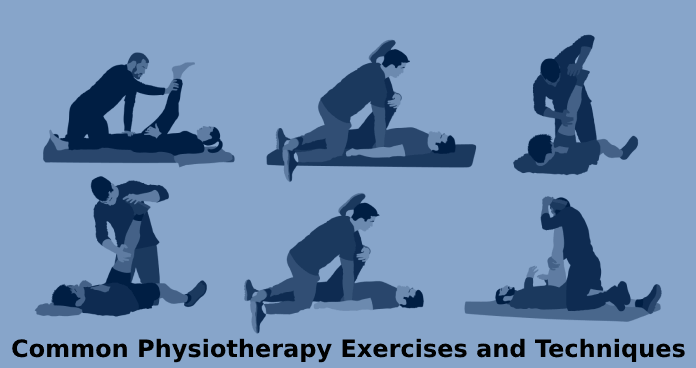Physiotherapy has become essential for promoting recovery, enhancing mobility, and restoring physical functionality after an injury or surgery. Through specialized techniques and exercises, physiotherapists help patients regain their strength, reduce pain, and improve overall well-being. Let’s dive into some of the most effective physiotherapy techniques for recovery.
1. Manual Therapy
Manual therapy involves hands-on techniques like joint mobilizations, soft tissue massage, and manipulations. This approach helps alleviate pain, increase joint flexibility, and reduce muscle tension. It’s especially effective for lower back pain, neck stiffness, and joint injuries. Manual therapy sets the foundation for faster recovery and more effective physical activity by improving blood flow and releasing muscle tightness.
2. Electrotherapy
Electrical waves are used in electrotherapy to work on muscles reduce pain. Common methods include Transcutaneous Electrical Nerve Stimulation (TENS) and Ultrasound Therapy. These treatments can help manage pain, reduce inflammation, and stimulate healing, making them beneficial for chronic pain conditions and acute injuries.
3. Exercise Therapy
Exercise therapy is a cornerstone of physiotherapy and includes a range of tailored exercises designed to enhance strength, flexibility, and endurance. Physiotherapists create personalized exercise routines that address specific needs, such as strengthening weakened muscles, improving cardiovascular fitness, or enhancing mobility in stiff joints. Regular exercise therapy promotes long-term recovery and reduces the likelihood of future injuries.
4. Heat and Cold Therapy
Heat and cold therapy play a significant role in managing pain and swelling. Cold therapy, or cryotherapy, reduces inflammation, especially after acute injuries. On the other hand, heat treatment helps relax muscles and boost blood flow and relieve chronic pain. Physiotherapists often recommend alternating between hot and cold applications to accelerate recovery.
5. Hydrotherapy
Hydrotherapy involves exercises performed in a water environment, which reduces joint stress and offers resistance. Water’s buoyancy supports the body, making movement easier for patients with arthritis or severe muscle weakness. Hydrotherapy effectively improves balance, coordination, and muscle strength while minimizing discomfort.
6. Stretching and Flexibility Training
Stretching is an important part of staying flexible and getting more flexible, which is crucial for joint health and range of motion. Techniques such as static, dynamic, and proprioceptive neuromuscular facilitation (PNF) are commonly used to enhance flexibility and prevent injuries. Stretching helps reduce stiffness, improve circulation, and prepare the body for more rigorous exercises.
7. Posture Correction and Ergonomics
Many injuries result from poor posture or repetitive strain at work. Physiotherapists guide posture correction and ergonomic adjustments, which help minimize stress on muscles and joints. This education and training promote healthier movement patterns, reduce discomfort, and improve physical alignment.
8. Balance and Coordination Training
Balance and coordination training are vital for patients recovering from neurological conditions or surgery. These exercises help rebuild proprioception (awareness of body position), strengthen core muscles, and enhance stability. This type of training reduces the risk of falls and aids in a faster return to daily activities.
9. Dry Needling and Acupuncture
Dry needling and acupuncture are specialized techniques that involve inserting thin needles into specific points of the body to ease pain and muscle tightness, and stimulate healing. These methods effectively treat musculoskeletal pain, enhance blood flow, and improve overall muscle function.
Final Thoughts
Effective physiotherapy techniques provide a holistic approach to recovery by combining various methods tailored to the patient’s unique needs. Whether recovering from surgery, an injury, or managing chronic pain, physiotherapy can be crucial in restoring physical function and improving quality of life. Working closely with a trained physiotherapist will ensure you receive a personalized treatment plan for optimal recovery.

